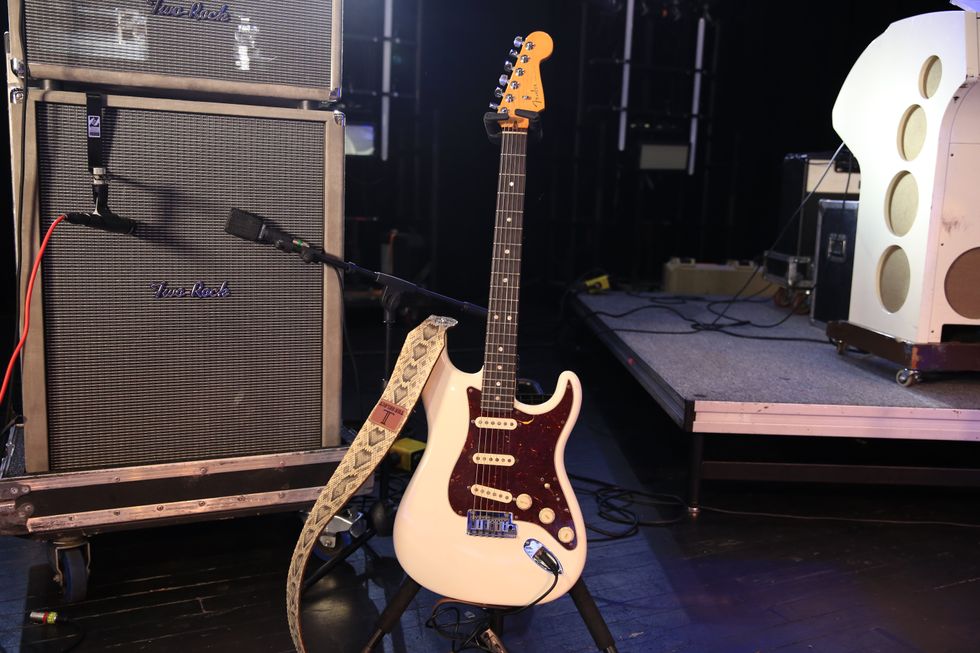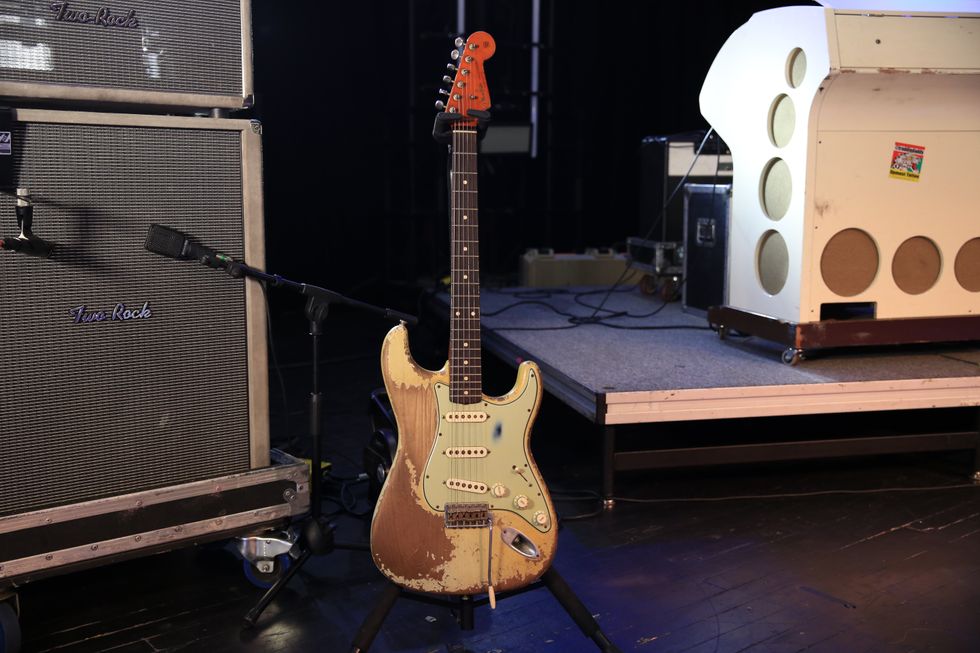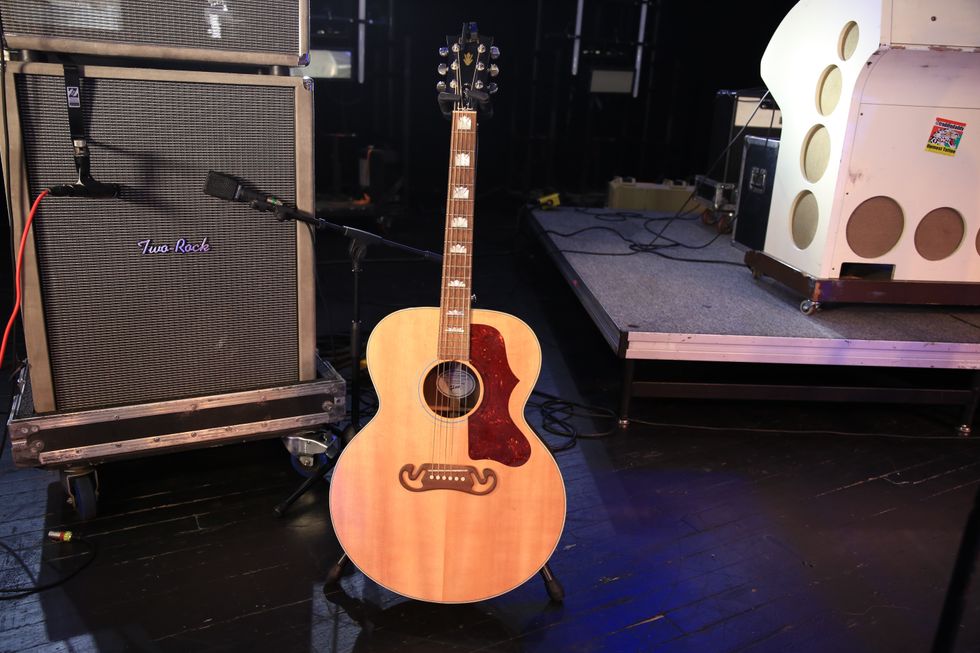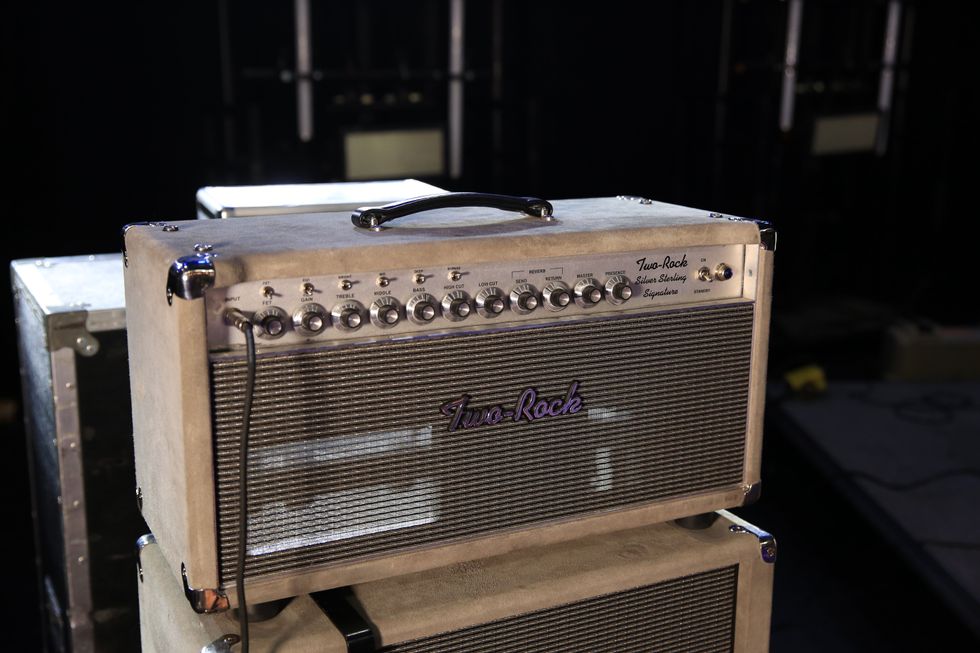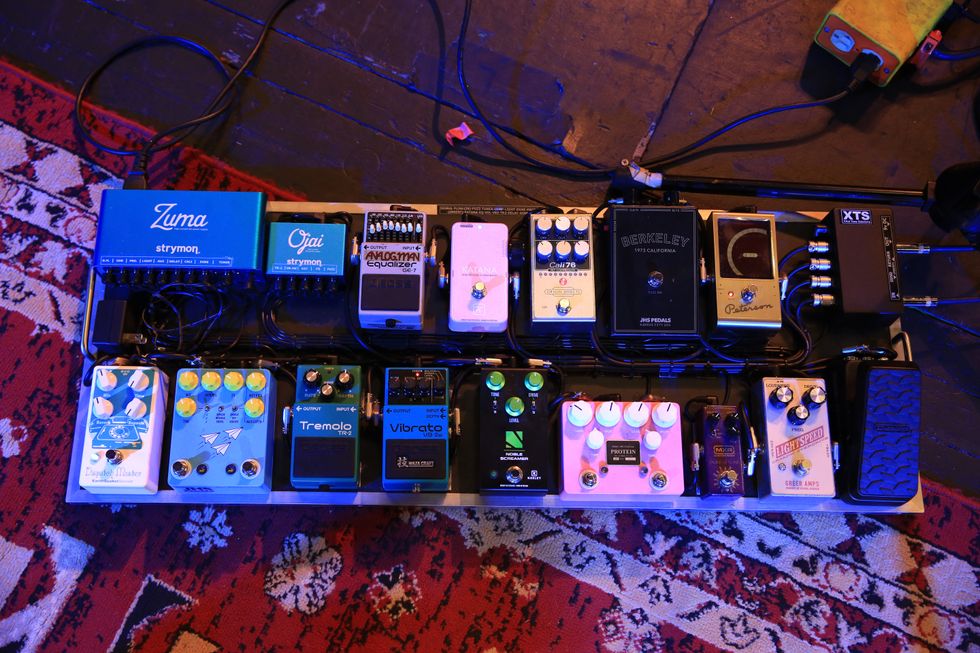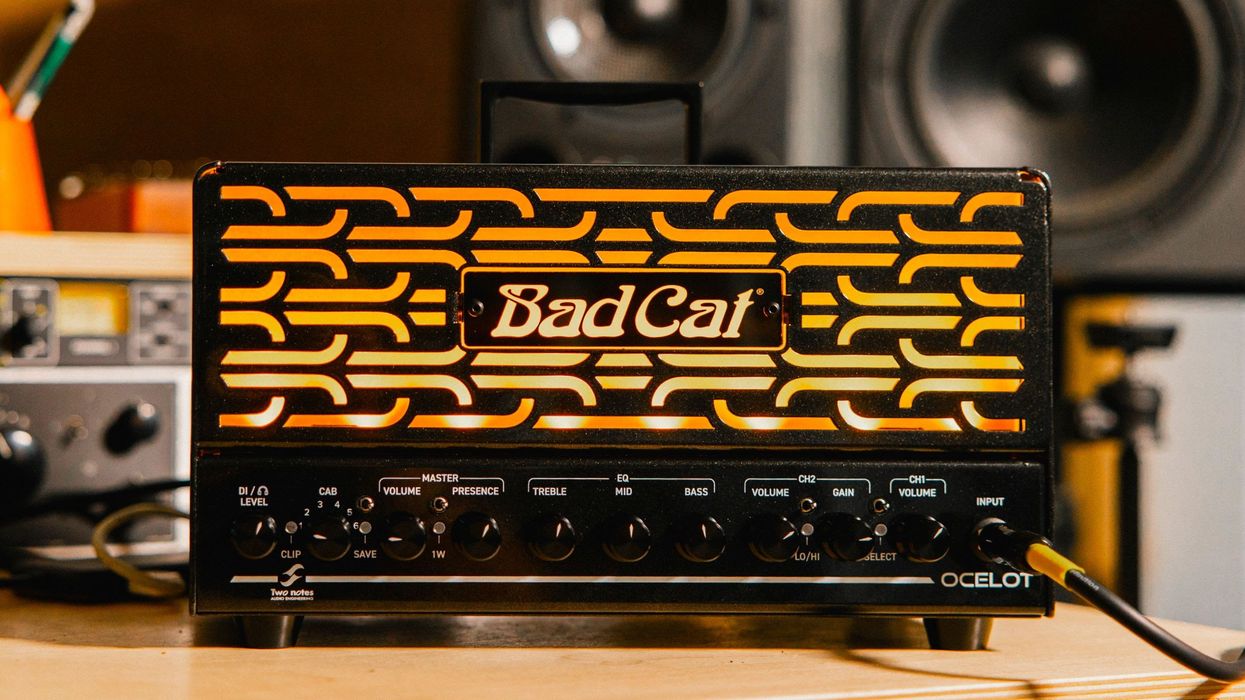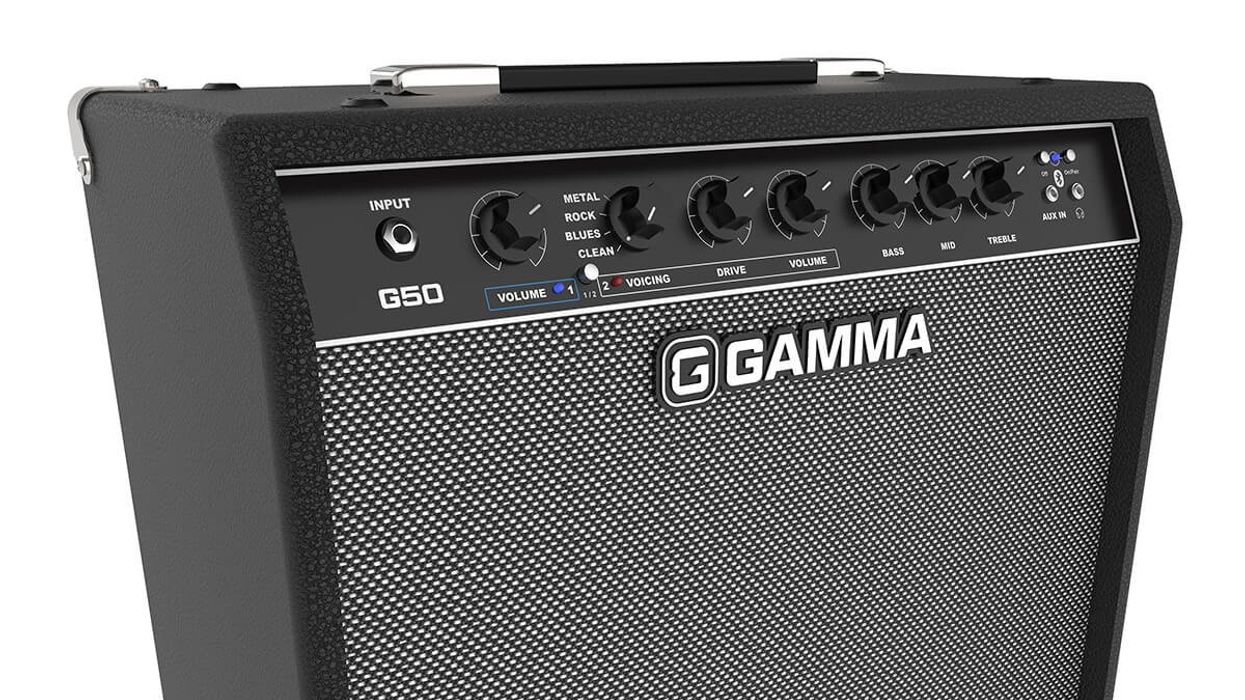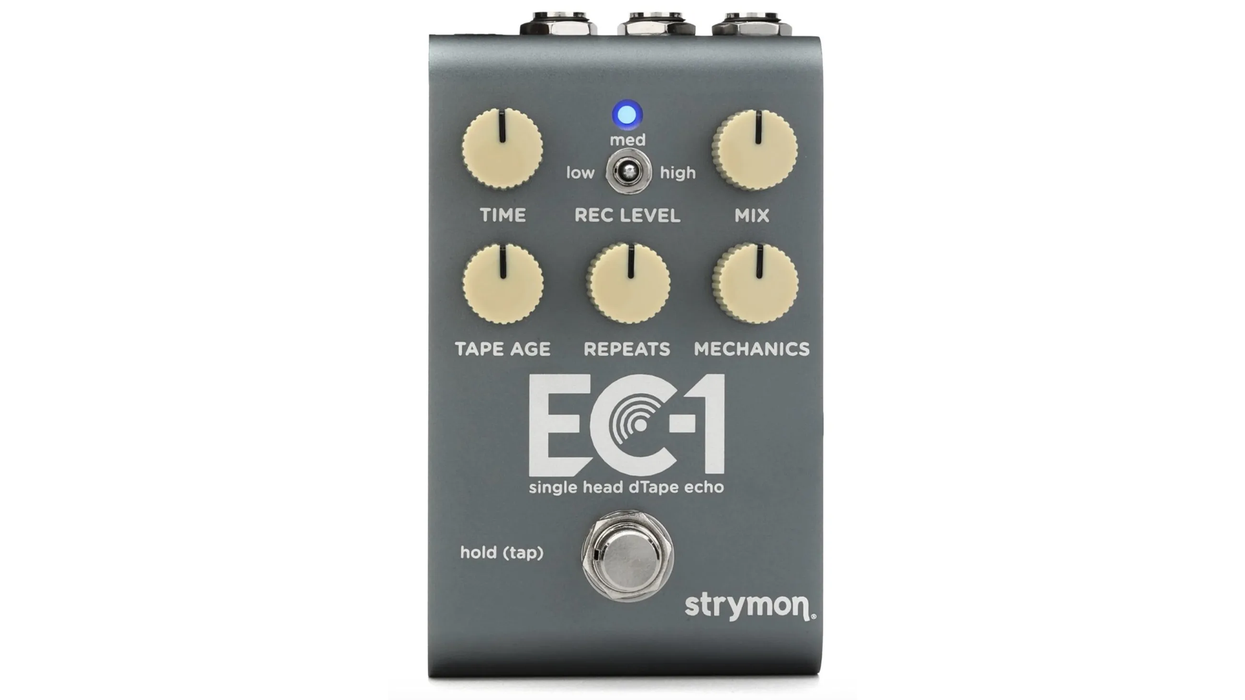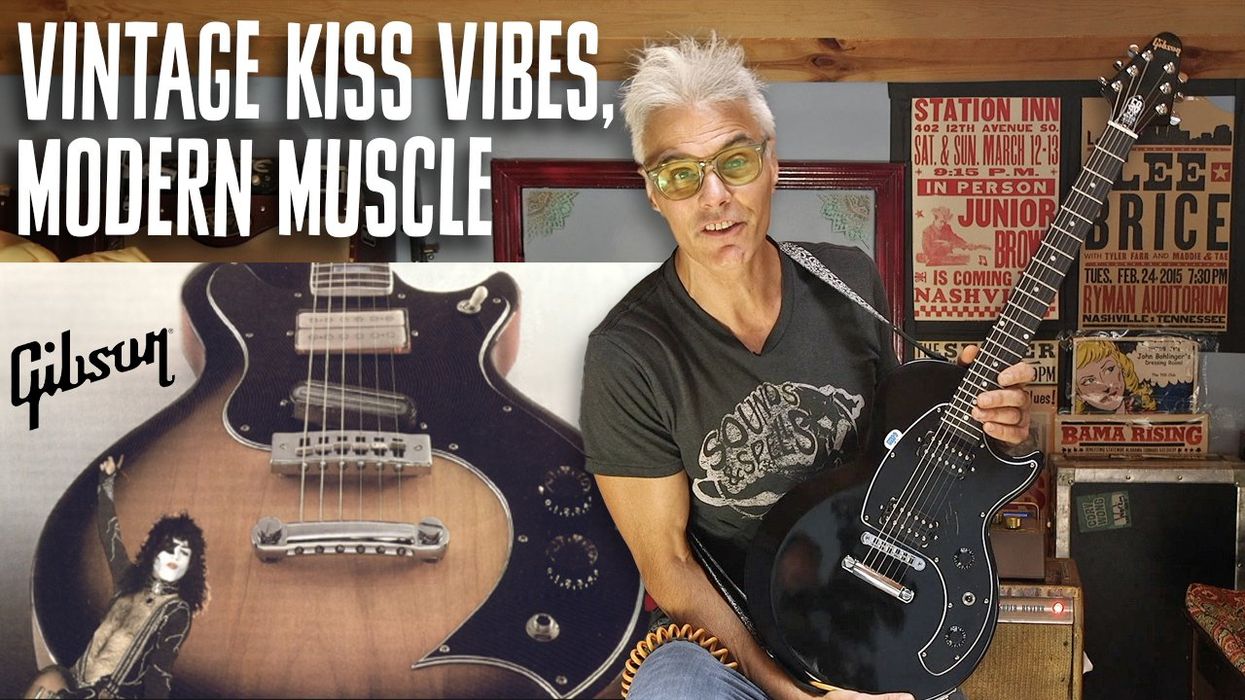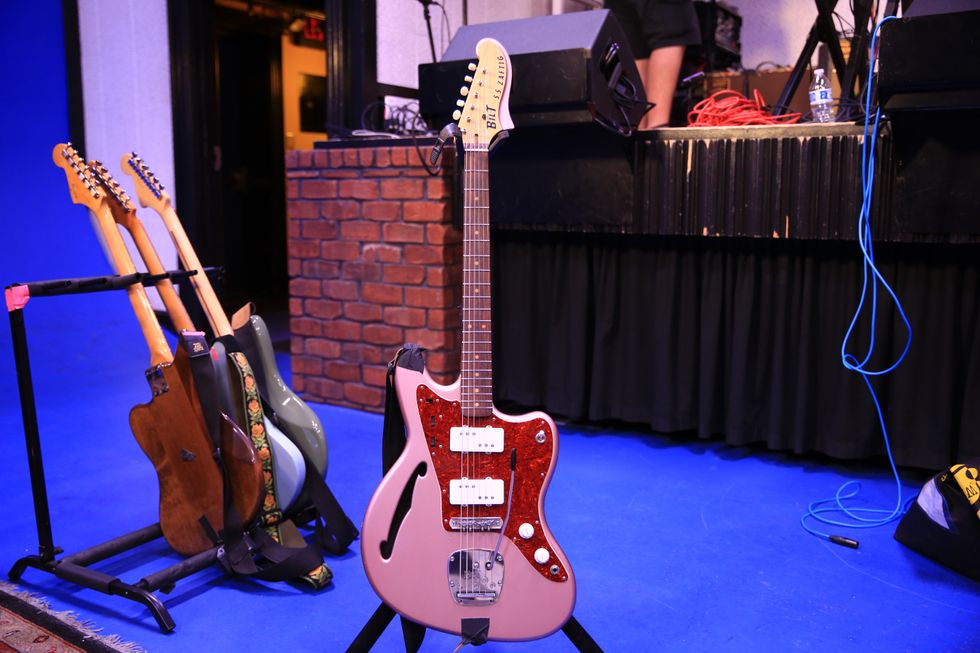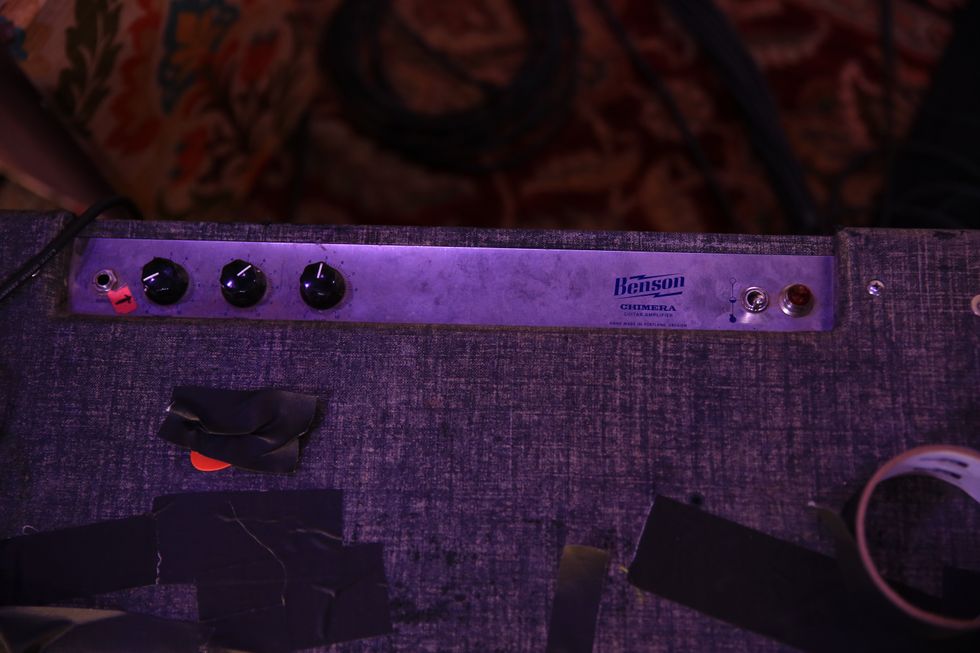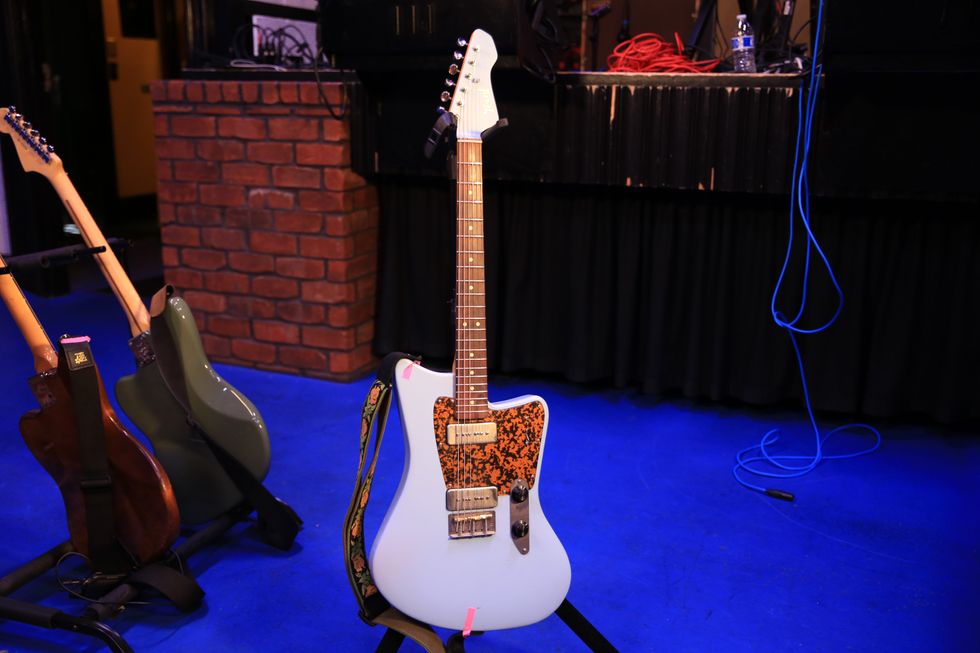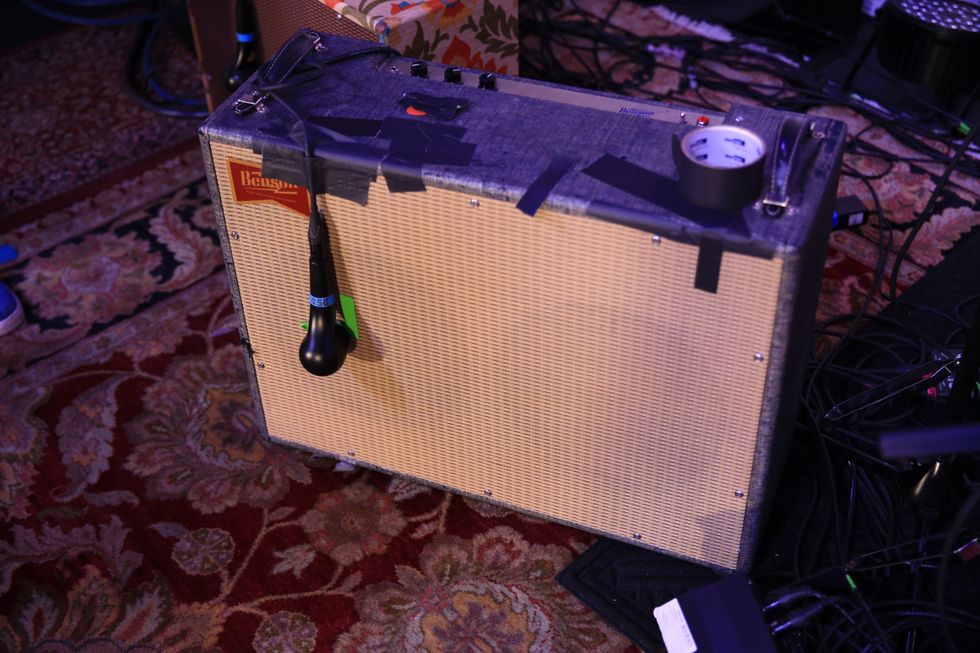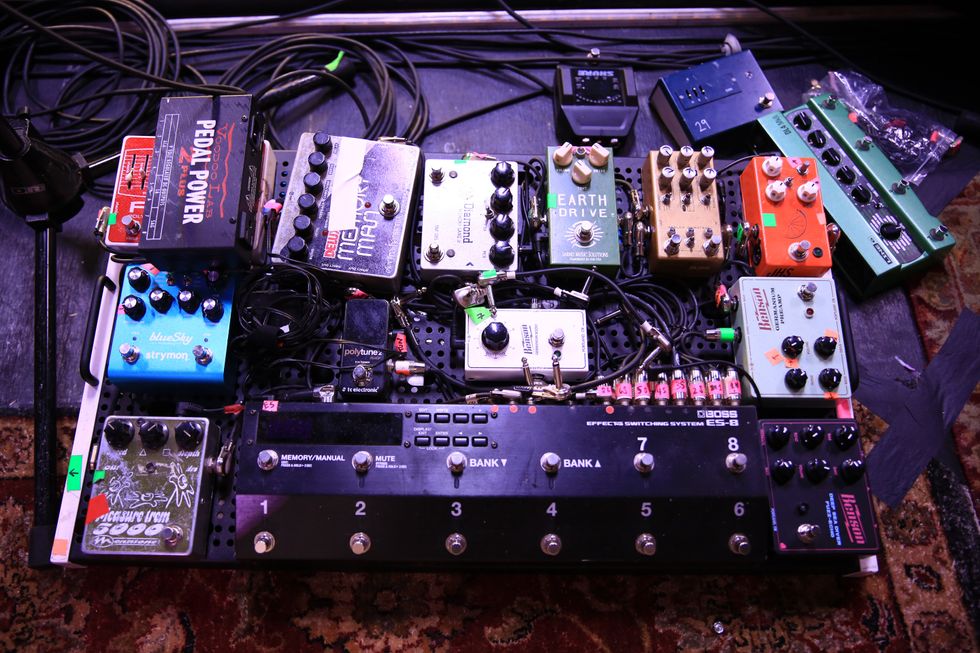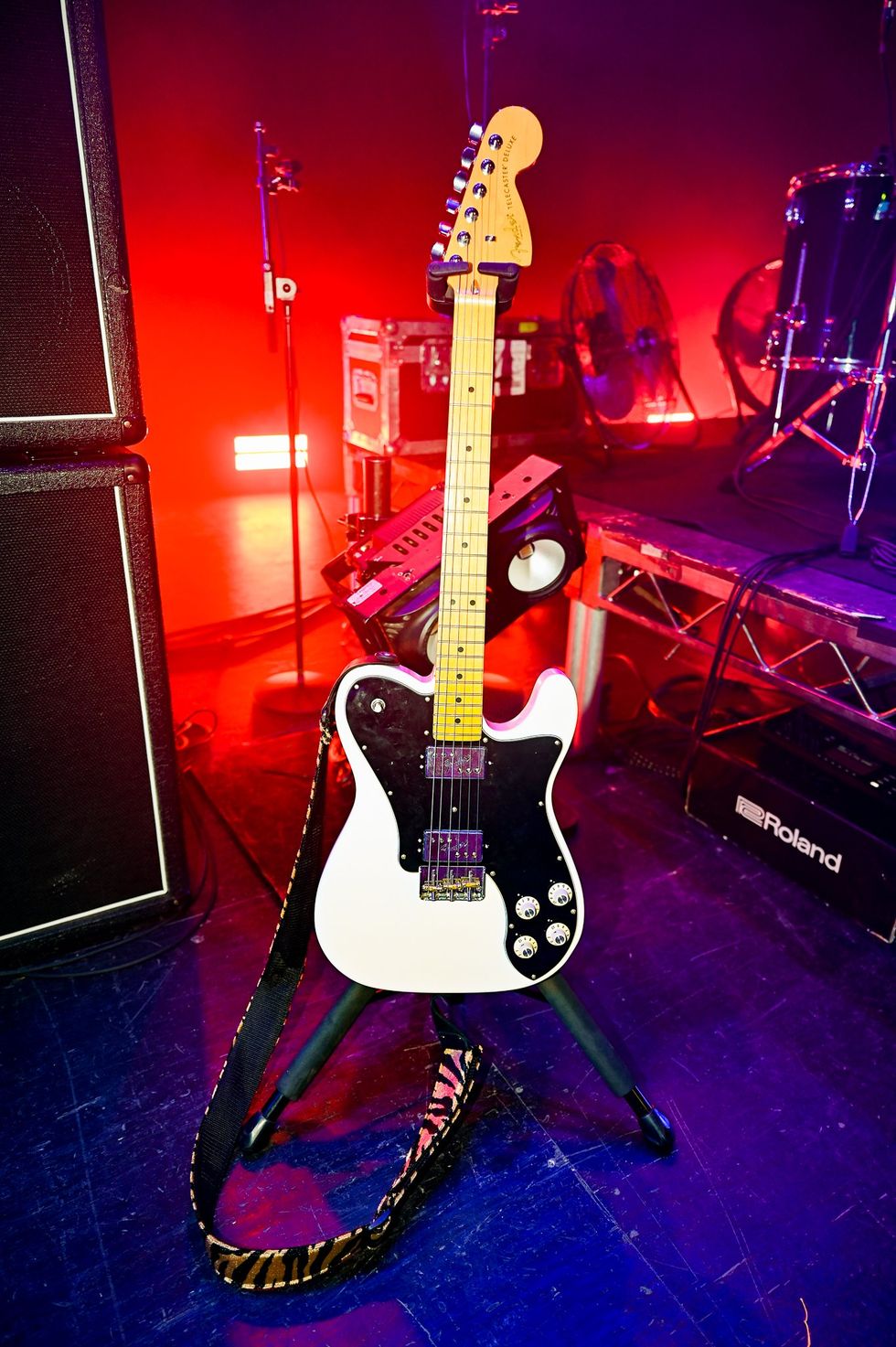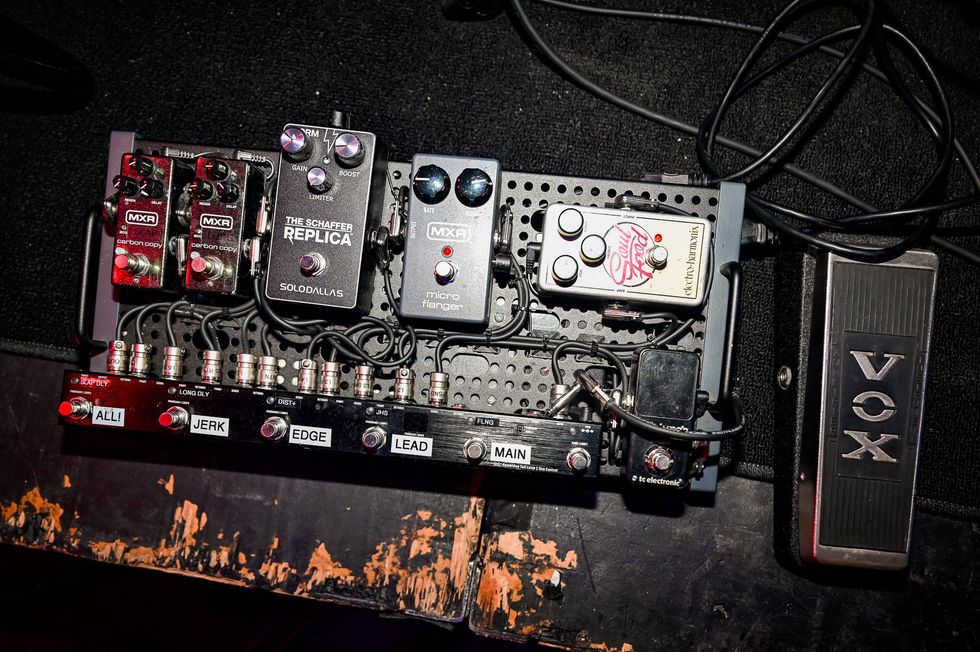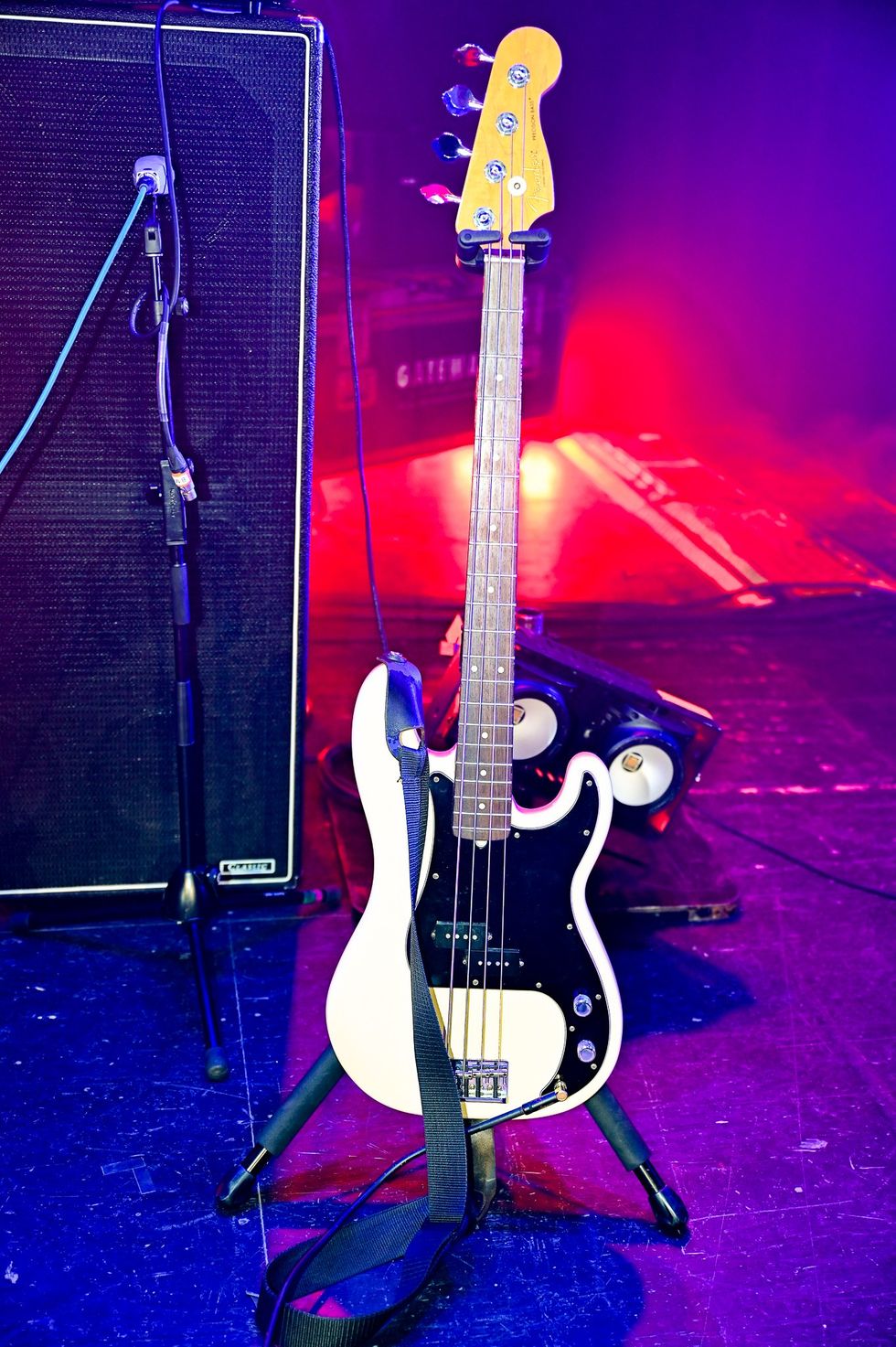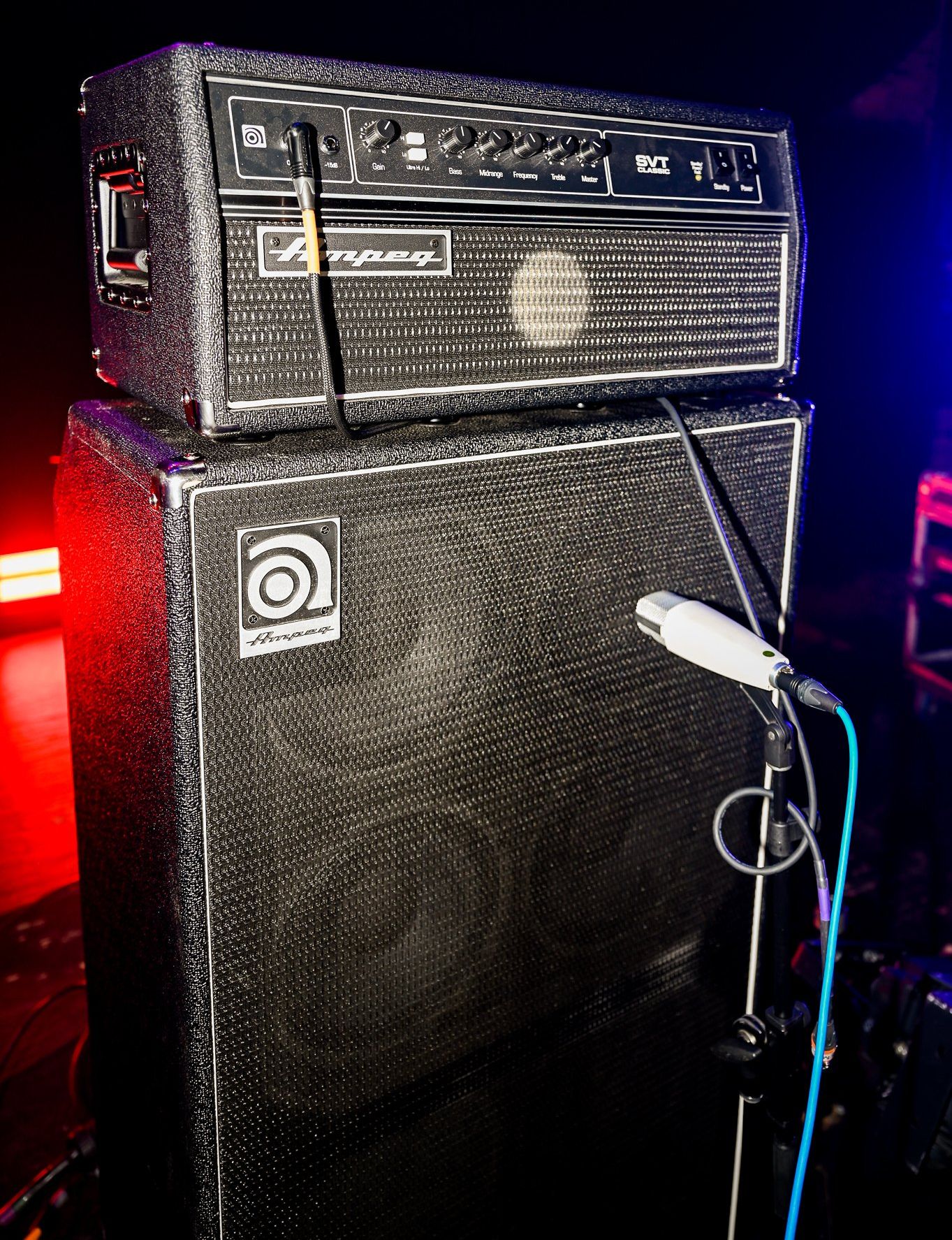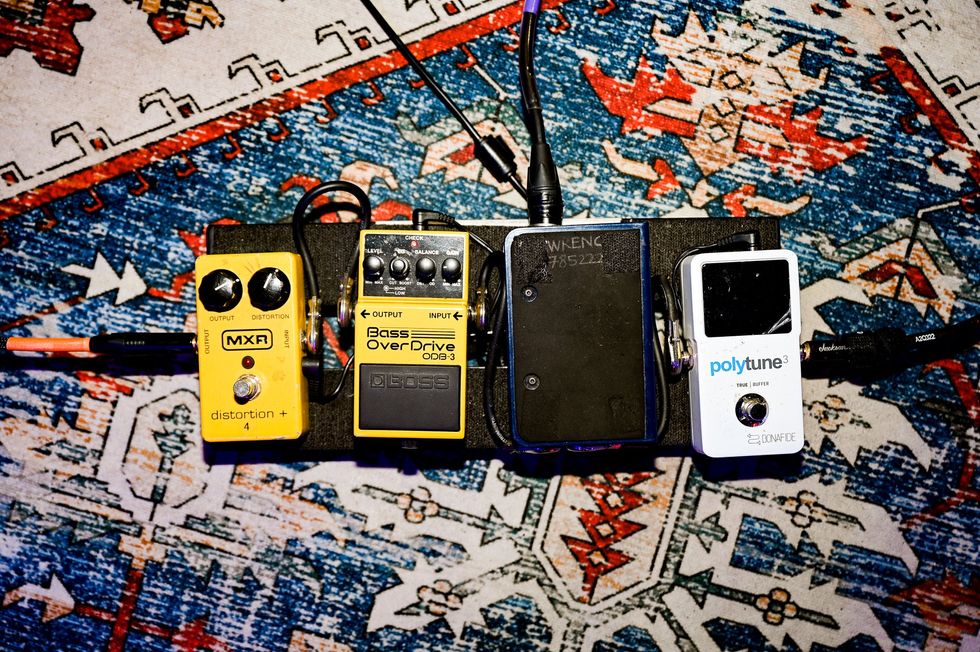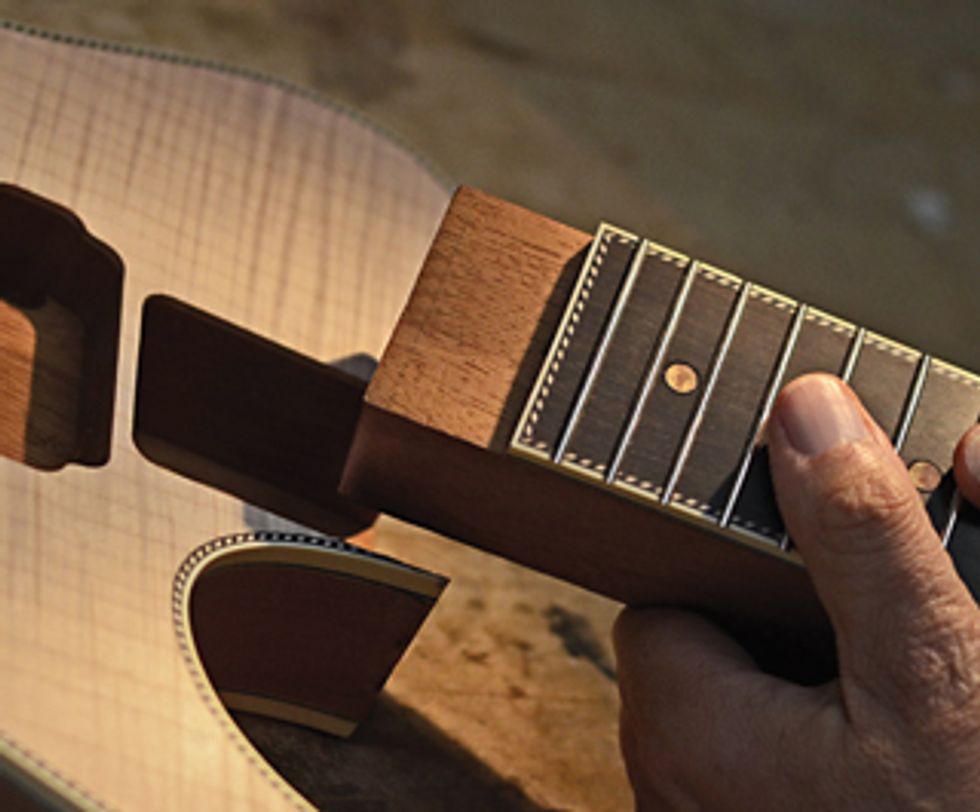
A guitar’s neck joint is one of the most critical components in the transfer of vibrations—but it’s not always just about tone. One option is the glued-in, set-neck joint, which is a direct descendant from the violin-making craft.
In my November 2012 installment of Esoterica Electrica [“Adventures in Tone Travel”], I hovered in the vicinity of explaining how important the transfer of vibrations is to a guitar’s sound. At one point, I made reference to the intersection where the neck and body meet as a sort of “sonic crossroads.” It’s a vital part of the sound-traffic pattern within your instrument where treble, bass, midrange, fundamentals, and all forms of harmonics decide to pass or take the off-ramp. Depending on the type of neck/body connection, the net result of this physics-driven filtering system has a lot to do with your guitar’s tone.
The “Big Three” of neck joints are bolt-on, set-neck, and neck-through. That’s also the order in which I’d rank them from less to more in terms of transfer-friendliness for vibrations. Most guitars fall into one of these general categories, but there are a myriad of variations of each. While realizing there could be a trade-off, different builders may choose their construction methods for reasons other than just tone.
Let’s start with the set-neck. This is typically a mortise and tenon, or dovetail joint where the tongue of the neck is glued into the groove of the body. Before Leo Fender came along, this is the way most guitars were built. A continuation of the violin-making craft, the set-neck is the most traditional of joints and is typical of instruments such as the Les Paul and Martin acoustics. By using tight tolerances and a bonding agent to glue the neck and body together into one assembly, it follows that the tighter the joint, the easier it is for vibrations to make the leap from part to part. Some builders maintain that the more contact area there is, the better the transfer, and I can understand that theory to a point.
Neck-through construction is where the neck continues all the way through the body to the butt end of the guitar. “It is a little more complicated to make logistically,” says Grover Jackson, who is probably the best-known advocate of this design. By attaching the entire bridge-string-nut-tuner system on the same wooden part, one might certainly expect the most complete vibration transfer of all. But as we find so often, there are trade-offs here. The process of extending the neck essentially results in splitting the body’s soundboard capabilities in half. While the neck-through design has its gain with the neck connecting to the bridge, it has to drive two smaller body surfaces. It’s similar to the difference between driving two 8" speakers compared to a single 12" speaker, and could be why this design is great for cutting through with an immediate and aggressive attack. It’s no surprise that neck-through construction often finds its way into guitars designed for metal or situations where a lot of processing effects are used.
The third type of neck joint, the bolt-on style, is the most prevalent. Made famous through the designs of Leo Fender, the bolt-on (screwed-on would actually be more accurate) neck provides advantages that the others cannot offer. The ability to easily replace a neck is the most obvious benefit, but that’s not necessarily the sole reason the breed was created. While we’ve been focusing on tone and vibration, it’s easy to see how the bolt-on method trumps the others from a manufacturing point of view. Because a mechanical bond with screws between neck and body does not require the precision needed when fitting a dovetail with glue or other bonding agents, tolerances aren’t nearly as critical.
While a bolt-on neck may lag behind its glued-in cousins on the vibration side of the equation, it does offer a tonality that could be considered its sonic signature. The inherent lack of transfer of certain frequencies actually helps to create the “spanky” timbre and attack that is forever associated with guitars of this kind. Builder Dennis Fano recognizes that a bolt-on neck “tends to have more snap and a more immediate attack.” And he should know since he utilizes both bolt-on and set-necks in his designs. “Gun to my head, I would say the set-neck is typically slightly warmer and rounder,” continues Fano when asked for his take on the difference between the two. But he also recognizes that material selection plays a major role since most bolt-on necks are made from maple. This is because maple is a harder and brighter wood that is better suited for holding screws than the softer woods sometimes associated with set-neck designs.
Joe Knaggs of Knaggs Guitars feels that his choice of neck joint is sometimes about stability and ergonomics, rather than purely for tone. For his Severn model, its set-neck is moved deeper into the body by using a blended joint that allows the body to be longer. This has the effect of shortening the unsupported portion of the neck. “The shorter the neck, the more stable it is,” says Knaggs. The science is on his side: A shorter lever provides less force as you pull on the neck with your fretting hand, and a shorter drive to the body. Once again, we see how a different spin on the traditional can yield different results.
In today’s aftermarket modification world, we sometimes lose sight that the physics at play in a guitar’s basic design can provide an extremely high hurdle for simple hardware or electronic tweaks to surmount. Take a look at your collection of instruments and see which side of this conversation you fall on. Maybe you’ve never really thought about it from a sound standpoint—until now.
 Jol Dantzig is a
noted designer, builder,
and player who co-founded
Hamer Guitars,
one of the first boutique
guitar brands, in 1973.
Today, as the director of
Dantzig Guitar Design, he continues to
help define the art of custom guitar. To
learn more, visit guitardesigner.com.
Jol Dantzig is a
noted designer, builder,
and player who co-founded
Hamer Guitars,
one of the first boutique
guitar brands, in 1973.
Today, as the director of
Dantzig Guitar Design, he continues to
help define the art of custom guitar. To
learn more, visit guitardesigner.com.





